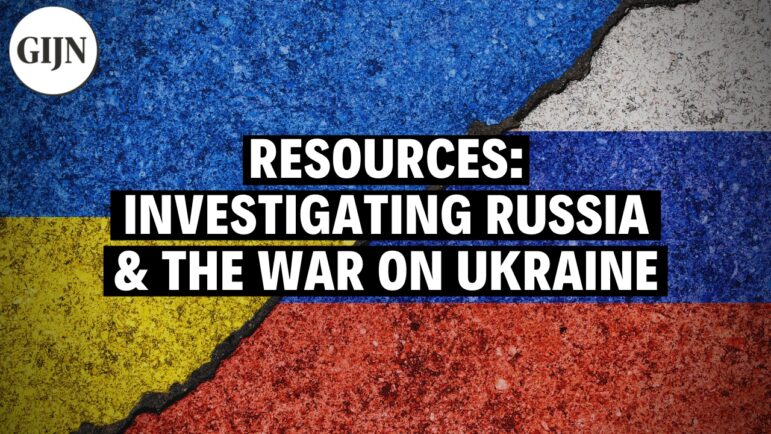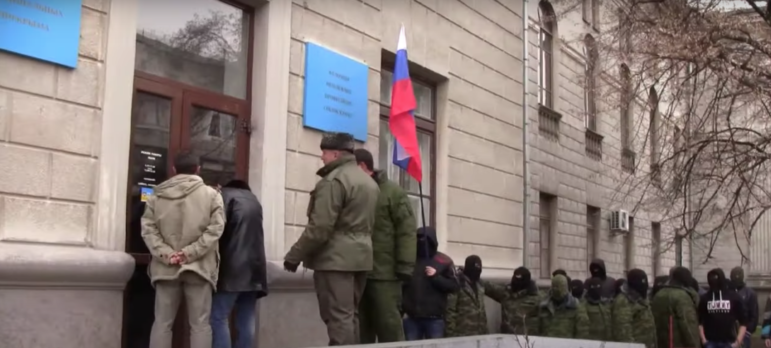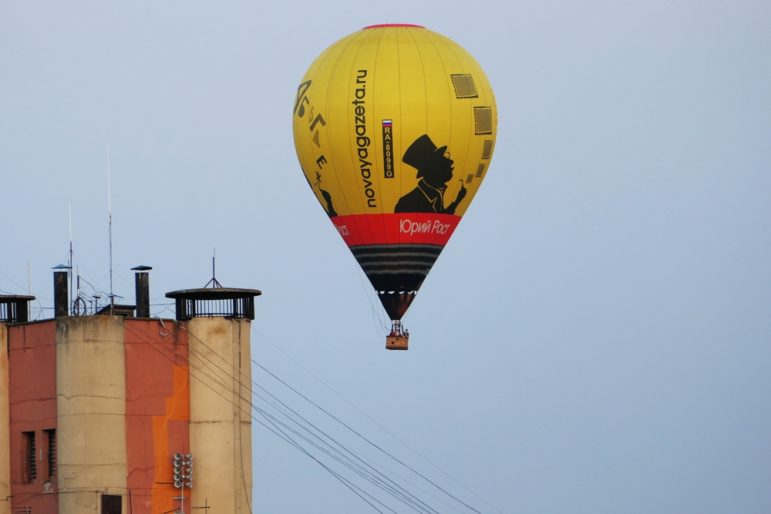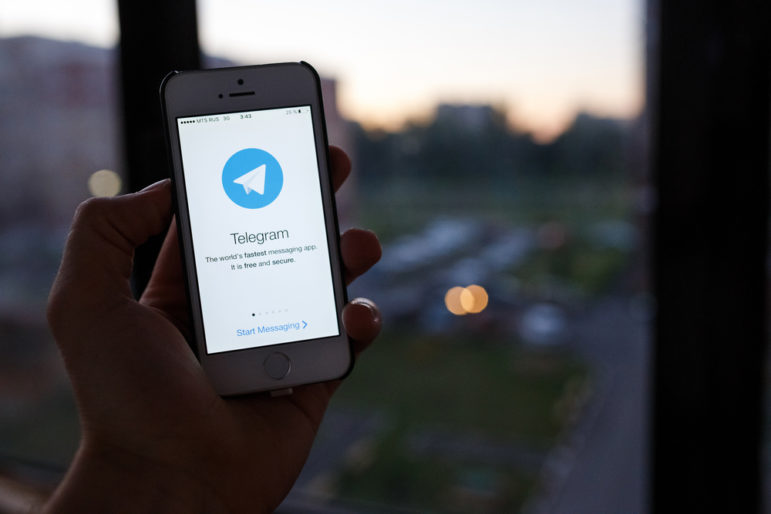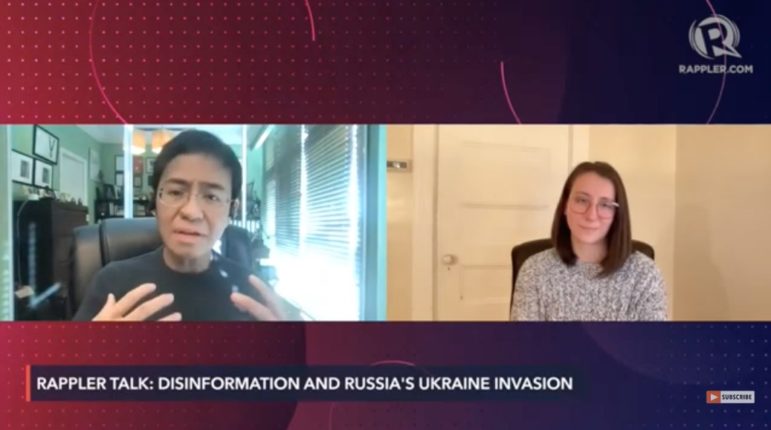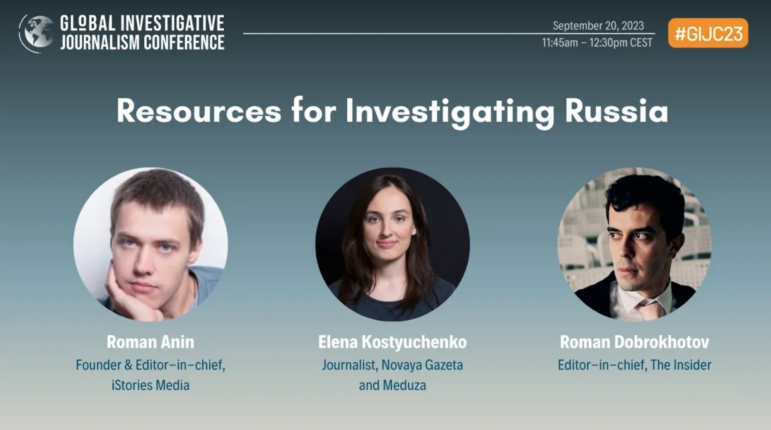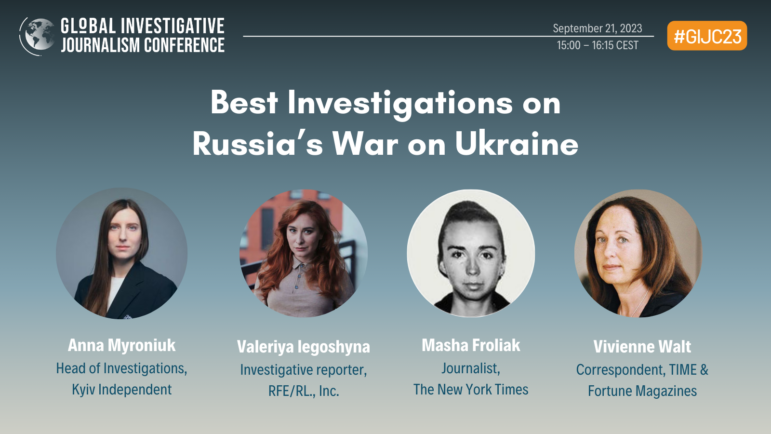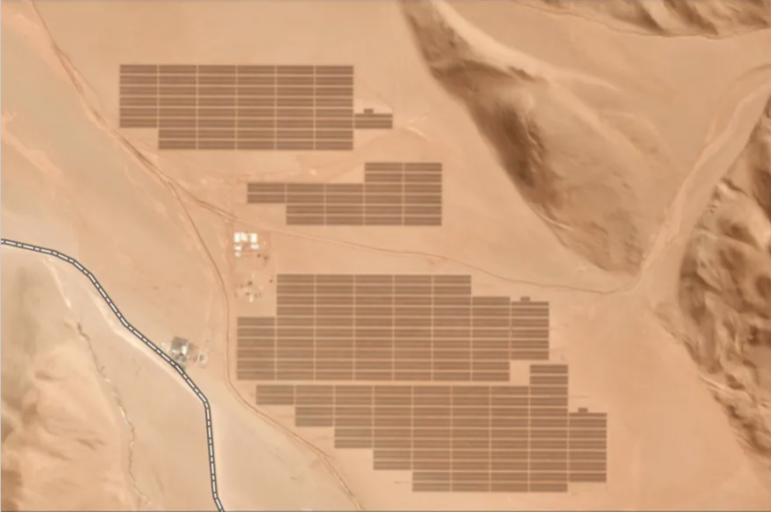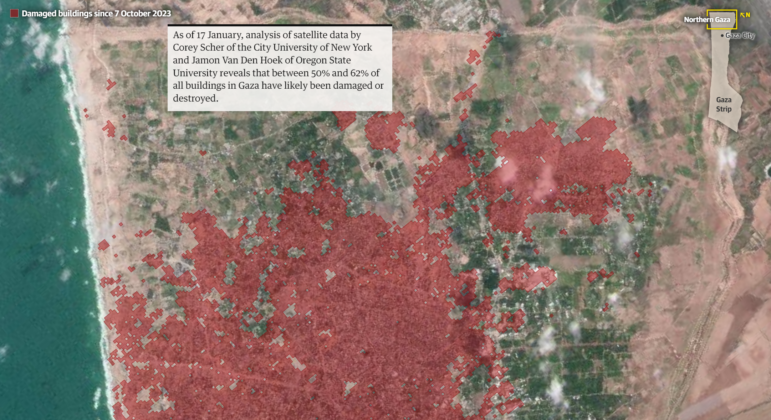

Amateur Open Source Researchers Go Viral Unpacking the War in Ukraine
Guide Resource
Investigating Russia and the War in Ukraine
Chapter Guide Resource
9 Best Practices for Investigating Refugee Issues
Chapter Guide Resource
Lessons Learned from Syrian Journalists Investigating Russian War Crimes
Chapter Guide Resource
Investigating Russia Around the World: A GIJN Toolkit
Chapter Guide Resource
15 Tips for Investigating War Crimes
Chapter Guide Resource
Amateur Open Source Researchers Go Viral Unpacking the War in Ukraine
Chapter Guide Resource
Essential Steps for Journalists in Emergency Situations
Chapter Guide Resource
Bellingcat’s Grozev on Investigating Russia’s Invasion of Ukraine
Chapter Guide Resource
Tips for Archiving Telegram Messages on Russia-Ukraine War
Chapter Guide Resource
Journalism Resources for Tracking Events in Ukraine
Chapter Guide Resource
10 Tips for Tracking Russian-Owned Assets
Chapter Guide Resource
Digging Into the Disinformation Campaign Behind Russia’s War on Ukraine
Chapter Guide Resource
Video: GIJC23 – Resources for Investigating Russia
Chapter Guide Resource
Video: GIJC23 – Best Investigations on Russia’s War on Ukraine

A man walks past an apartment block hit by a missile during Russia’s incursion into Ukraine. Image: Shutterstock, March 2022
Under the pseudonym The Intel Crab, University of Alabama sophomore Justin Peden has become an unlikely source of information about the unfolding Ukraine-Russia war. From his dorm room, the 20-year-old sifts through satellite images, TikTok videos, and security feeds, sharing findings like troop movements and aircraft models with more than 245,000 followers on Twitter. Peden said that his posts have reached 20 million people and his follower count has increased by over 50,000 people over the past month, according to his Twitter analytics.
Today, Peden is one of the most prominent open source intelligence figures on Twitter.
According to analysts, open source researchers have existed on the fringes of conflicts since at least 2014, working collaboratively across the world to comb through freely available resources like Google Maps and the satellite imagery service Maxar Technologies. They publicly conduct the type of work that intelligence agencies do behind closed doors.
As Russia continues its invasion of Ukraine, amateur open source researchers have gained a particular mainstream traction. Specialized social media accounts on Twitter, like The Intel Crab, Calibre Obscura, and Aurora Intel, have transfixed an information-hungry public with an analysis of key movements in Russia’s invasion, using newly available technologies to provide real-time analysis of key activities, like the supposed withdrawal of Russian troops along the Ukrainian border or the 40-mile Russian convoy outside of Ukraine’s capital, Kyiv.
“It’s easy to over-inflate your importance,” the amateur open source researcher Calibre Obscura said. “I wouldn’t put myself on a pedestal.” He does have over 115,000 followers on Twitter and said that he gets contracted by NGOs for his weapons-tracking research. His standing has especially increased during the Ukraine conflict, during which he said his account has grown by tens of thousands of followers in the past couple of weeks. He also started a different account with another amateur open source researcher called Ukraine Weapons Trackers, which scaled up to nearly 400,000 followers in just over a month.
While some open source analysis is coming from trained professionals at places like the Middlebury Institute of International Studies, Peden said that open source amateurs like him can offer updates on the events of the conflict, thanks to the availability of accessible online information and the prevalence of social media within Ukraine. Their reach has fueled debate about what it means for non-professionals to be at the forefront of the race for information.
“There will always be a fog of war, but I think it is the thinnest veil of war we’ve ever had,” Peden said, after being taken aback by the increased attention accounts like his have received over the last couple of weeks. “It’s surprising to me because it’s been, for the longest time, so niche on Twitter and the internet as a whole,” he said.
Ciarán O’Connor, an analyst for the Institute for Strategic Dialogue, said many open source amateurs got their start around the Syrian civil war, which began in 2011, and the conflict in eastern Ukraine in 2014.
Open source researchers use information freely accessible to anyone, which can include security video feeds and satellite imagery. The community trades tips on where to find information and how to analyze it for identifiable markers like geolocation tags and serial numbers. After using this data to trace anything from military activity to arms flows, researchers publish their findings on social media platforms like Discord, Twitter, and Facebook.
There has been a divide in the community between more professionalized outfits, like the investigative outlet Bellingcat founded in 2014, and hobbyists such as The Intel Crab, who often lack formal training. Bellingcat often incorporates the work of amateurs into its own investigations.

Bellingcat is running a database focused on incidents in Ukraine that have resulted in potential civilian harm. All links in the map are open source and collected by Bellingcat researchers, and then geo-located by volunteers. Image: Screenshot
Peden began dabbling in open source research as a 13-year-old, after Russia invaded Crimea and war broke out in eastern Ukraine. He created a Twitter account pretending to live in Donbas in order to network with Ukrainians living in the area, who he spoke to using Google Translate. He said the account had under 200 followers.
He immersed himself in the sprawling constellation of conflict hobbyists, who congregate on Discord servers like Project Owl, which has almost 30,000 members. According to interviews conducted by Rest of World with four amateur open source researchers, many conflict hobbyists like Peden have regular day jobs — from IT to selling jewelry on Etsy — or come from military backgrounds. Together, they trade tips on subjects like flight tracking and shortwave radios from Gaza to Syria to Ukraine.
“I just thought it was interesting, and I had time to burn,” said Calibre Obscura. Like many of the bigger amateur accounts, he insists on anonymity, preferring to separate his personal life as a 20-something IT professional in the United Kingdom from his outsized internet presence.
Obscura started in 2017, when he felt frustrated by the lack of attention war zones like Syria got from mainstream media. Obscura focuses on weapon identification and tracking the flow and origin of arms, mainly in the Middle East. He said that “practically nobody” in his offline life knows about his internet-sleuthing alter ego.
Although the field might seem fragmented among different theaters of war and specialization niches, the several researchers that Rest of World spoke to saw themselves as part of a broader community.
“Everybody has their own unique understanding of the world… and they all come together and play an important role in creating this collaborative OSINT (open source intelligence) environment,” said one of the three researchers behind the Aurora Intel Twitter account, which focuses on the Middle East, and recently began covering Ukraine as well. The researcher, whose account has over 220,000 followers, requested anonymity for this story.
For Aurora Intel, the process of open source investigation is often more important than the findings. The account lays out findings in tweet threads breaking down their research and deleting any tweets that they later find to include false information. “Showing the digging and the understanding and the working is the important bit,” the researcher said.
El Parece, who tracks cartel conflict in Mexico, understands that much of the content he accesses could be leaked by law enforcement or other actors with ulterior motives. While this informs his own analysis and what he decides to post, his audience might not bring that same level of nuanced understanding, especially given the sensational nature of the subject matter. “Any time there’s men with guns, people are just drawn to it,” he said.
O’Connor, the analyst from the Institute for Strategic Dialogue, said that while Ukraine is not the first social media war, the conflict has allowed open source research to explode into the public consciousness. “Ukraine is something that seems to have captured the world’s attention, and it’s probably lent itself to people picking up a Twitter account and trying to join the fray.”
He said that because of the high availability of footage of military movement, open source communities played a significant role in publicizing it to general audiences, which was then filtered into mainstream outlets. “It’s definitely picked up a lot of reach and attention,” O’Connor said. Some analysts even believe that open source work is being utilized by the Ukrainian military.
He nevertheless worries about the potential impact of these accounts. “In the midst of a very active conflict, there’s also an informational tussle that’s going on online as well,” he said. “For accounts that wield enormous followings, if they post and get it wrong, there’s a good chance that it spreads very quickly.”
This article was originally published by Rest Of World, and is republished here with permission. You can read the original here.
Additional Resources
15 Tips for Investigating War Crimes
Bellingcat’s Grozev on Investigating Russia’s Invasion of Ukraine
How Open Source Experts Identified the US Capitol Rioters
Leo Schwartz is based in Mexico City and reports for Rest of World on how technology is changing Latin America, with a focus on blockchain and surveillance technologies. He was previously web editor at the NACLA Report and his work has appeared in The Washington Post, Columbia Journalism Review, and The Nation.

